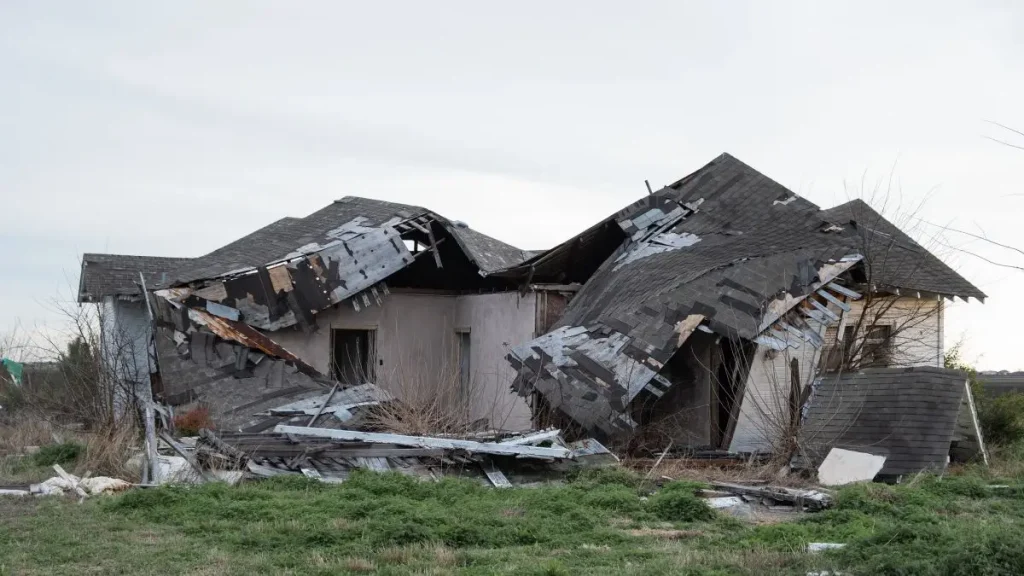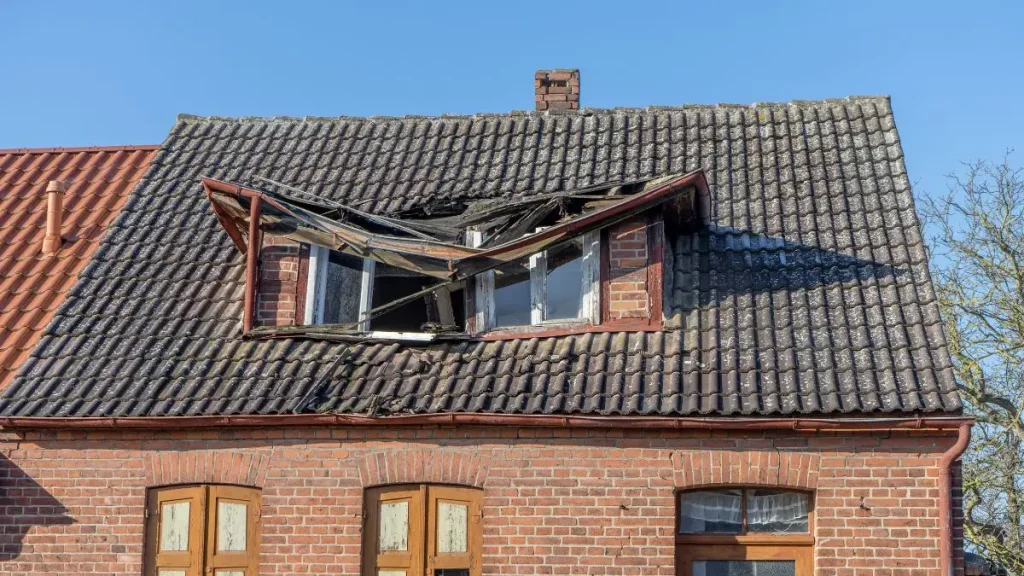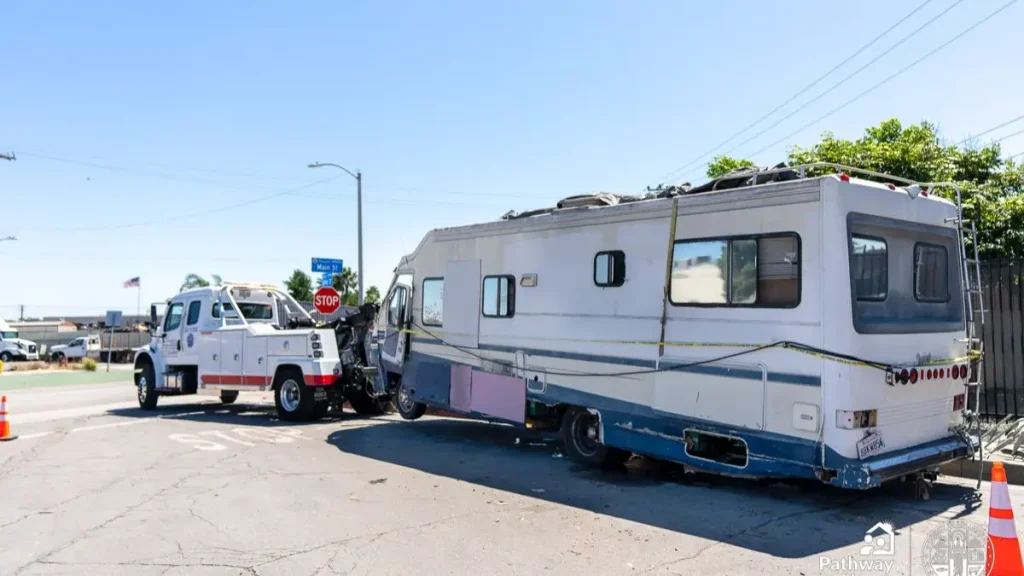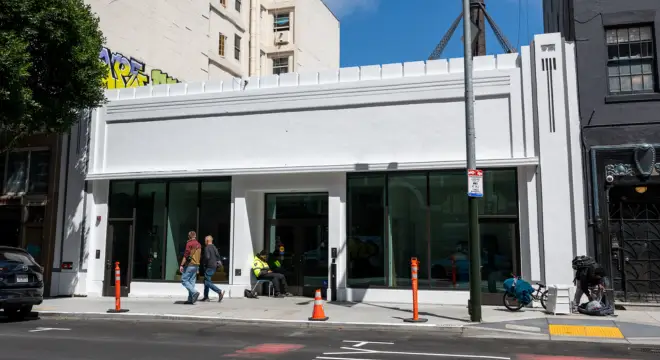Severe Weather Flips Multiple Mobile Homes in Gunter
I’ve seen storms roll through Texas plenty of times, but what happened in Gunter Thursday night was brutal—even by local standards. Around 8:30 p.m., the sky turned, winds kicked up fast, and before anyone could react, several mobile homes and campers were flipped like toys near the 1000 block of Fox Lane.
One teenager was hurt. Dozens of families were left staring at twisted metal and scattered debris where their homes used to be.
The Grayson County Sheriff’s Office didn’t mince words—they called it a “severe weather incident”. First responders rushed to the scene. Locals were told to stay back and let emergency crews work. And they did. Fast.
You probably clicked on this story trying to figure out just how bad it was, and if it could happen where you live. The truth? This wasn’t a tornado. It wasn’t hours of warning. It was quick, violent, and for mobile home residents, nearly impossible to prepare for.
But there’s more to this story than just wind and wreckage.
What do you think: Are mobile homes getting riskier with these fast-moving storms? Have you ever seen wind strong enough to flip trailers where you live? Drop your thoughts in the comments—let’s talk about it.
What Really Happened in Gunter That Night?
If you’re like me, you’ve probably heard words like “severe weather” tossed around so often, they lose their weight. But on Thursday night in Gunter, it was real. At around 8:30 p.m., the Grayson County Sheriff’s Office warned residents that a dangerous storm was pushing through the area. And it wasn’t just thunder and rain.
According to WFAA, the storm hit the 1000 block of Fox Lane and flipped multiple mobile homes and campers—six, to be exact. It wasn’t gradual. It happened fast. One person was injured, a teenage boy who needed stitches.
That entire stretch near Good Shepherd RV Park looked like a tornado had ripped through it, even though no tornado warning was issued at the time. Just strong, fast-moving wind—and barely enough time for anyone to react.
If you live in a mobile home, or you have family who does, this kind of thing hits different. It’s not just property damage. It’s your whole life, flipped upside down in seconds.
The Storm Moved In Fast — And Nobody Was Ready

From what I’ve seen and read, this storm wasn’t on most people’s radar—at least not like this. Around 8:30 p.m., Grayson County Emergency Management sent out a Severe Thunderstorm Warning that was supposed to last until 9:00 p.m.
That gave people what—maybe 30 minutes, tops?
Officials warned people to stay away. Another, closer to 10 p.m., confirmed the injury and thanked the first responders who “jumped into action.”
If you’ve ever tried to take shelter in a mobile home with a storm overhead, you know how powerless that feels. No basement. No secure core room. And very little time to decide what to do.
A Grayson County resident even caught the storm on a timelapse video. You can literally watch it roll in like a freight train. No sirens. No buildup. Just dark skies—and then destruction.
Multiple Homes Flipped, One Teen Injured in the Aftermath
I know we throw around phrases like “storm damage” a lot. But let’s be clear: this wasn’t just some fallen branches.
FOX 4 News reported that six mobile homes and trailers were completely flipped at the RV park. Not dented—flipped. That’s not normal. And that kind of force means something serious hit the ground.
A 16-year-old boy was inside one of those units. He made it out alive, but needed stitches. Imagine that for a second—one moment you’re sitting in your trailer, the next you’re airborne.
Emergency crews acted fast. But for the people who lived there, the damage wasn’t just physical. These weren’t just RVs parked for the weekend. For many, these were permanent homes. Real lives were shaken up. Some of them will never feel safe in their own space again.
Emergency crews in Gunter acted fast—much like how Cedar Park firefighters responded quickly to knock down a home fire earlier.
What Caused This? Microbursts Are Deadlier Than You Think
At first glance, this looked like a tornado. But officials quickly ruled that out.
The current belief, based on wind patterns and damage reports, is that this was a microburst—a sudden, violent downdraft that hits hard and fast. According to meteorologists quoted in FOX 4 News, wind gusts reached 60 miles per hour or more. That’s more than enough to tip over lightweight structures like mobile homes.
If you’re wondering what a microburst even is, you’re not alone. It’s like a tornado flipped upside down—air drops straight down, slams the ground, and then rushes outward like an explosion. You can’t see it coming. There’s no funnel cloud. No swirling wind. Just destruction.
And the scary part? Microbursts can be just as deadly, especially if you’re living in an RV or trailer park with no real foundation or shelter.
Similar sudden-weather damage was seen recently when a Plainfield family’s home caught fire during a lightning storm, raising even more concerns about extreme weather events becoming the norm.
Mobile Homes and Storms: Why This Keeps Happening
Let’s talk about the part nobody wants to say out loud: mobile homes don’t stand a chance in windstorms like this. I’m not blaming anyone who lives in one—I’ve got friends and family who do too. But the truth is, these structures just aren’t designed to withstand 60+ mph winds.
FEMA and HUD have data showing mobile homes are far more vulnerable in storms, especially if they’re older or not properly anchored. And even newer models—while better—can’t always hold up against sudden wind gusts like a microburst.
If you live in a mobile home, it’s not about fear—it’s about preparation. Is your trailer anchored properly? Do you have a nearby shelter option? Are your weather alerts turned on?
These aren’t just hypotheticals anymore. Gunter showed us what can happen. And the next time, it could be your county or your street.
Have you ever had to shelter in a mobile home during a storm? Or do you know someone who’s been through something like this? Share your story in the comments—real experiences help others prepare better.
How to Stay Safe If You Live in a Mobile Home

Let’s be honest. If you’re in a mobile home during a storm warning, you don’t have time to Google what to do. That’s why you need a plan—before the sirens go off.
Here’s what I recommend (and what FEMA backs up):
- Have a backup shelter: A nearby storm shelter, concrete structure, or public building you can get to fast.
- Sign up for alerts: Grayson County offers a system called Code Red—make sure your number’s in it.
- Secure your home: Double-check your anchoring system. Not all tie-downs are equal.
- Pack a go-bag: Flashlight, meds, IDs, charger, small first aid kit—you don’t want to think about it in the dark.
- Stay weather-aware: Get a weather radio. Don’t rely only on phone alerts—they fail more often than you think.
I’m not trying to scare you—I’m telling you because I’ve seen what happens when people get caught off guard. Gunter is a wake-up call. If you live in a mobile community, this could happen again. Anywhere.
I also came across a helpful WhatsApp channel that regularly shares local storm alerts, safety tips, and real-time incident updates. Worth bookmarking if you want to stay a step ahead during fast-changing weather.
Is Extreme Weather Like This Becoming More Common?
You’re not imagining it—storms like this really are happening more often, and they’re hitting harder.
According to historical data from NOAA, North Texas has seen an uptick in severe thunderstorm warnings over the past decade. Warmer air holds more moisture, and that leads to stronger downdrafts, which can trigger events like microbursts.
And while tornadoes still get most of the attention, microbursts are just as damaging—and they get far less coverage. That’s a dangerous combo.
So what does this mean for people in Gunter, or anywhere in mobile housing? It means this kind of “freak storm” might not be a freak at all. It might just be the new normal. And that means we all need to stay a few steps ahead, not one step behind.
It’s stories like these—and even more tragic ones like the Nashville home fire that claimed two young lives—that remind us how fragile and fast-moving these disasters can be.
What Gunter’s Storm Taught Us?
Gunter’s storm wasn’t the biggest on record. It didn’t make national headlines. But for the people who lived through it, it changed everything.
It reminded us that mobile homes, for all their flexibility and affordability, need backup plans when the weather turns. It showed us how fast a peaceful evening can turn into emergency response. And it proved, again, that severe weather doesn’t care if you were ready or not.
If you live in a trailer park, RV community, or even just a light-framed house in a storm-prone area—take this seriously. You don’t have to live in fear. But you do need a plan.
Looking for more real stories on home safety, storms, and emergency readiness? Explore more in our Disaster & Recovery section.
Disclaimer: This article is based on official updates and publicly available reports as of August 2025. Details may change as new information emerges. Always follow guidance from local authorities during severe weather events.


